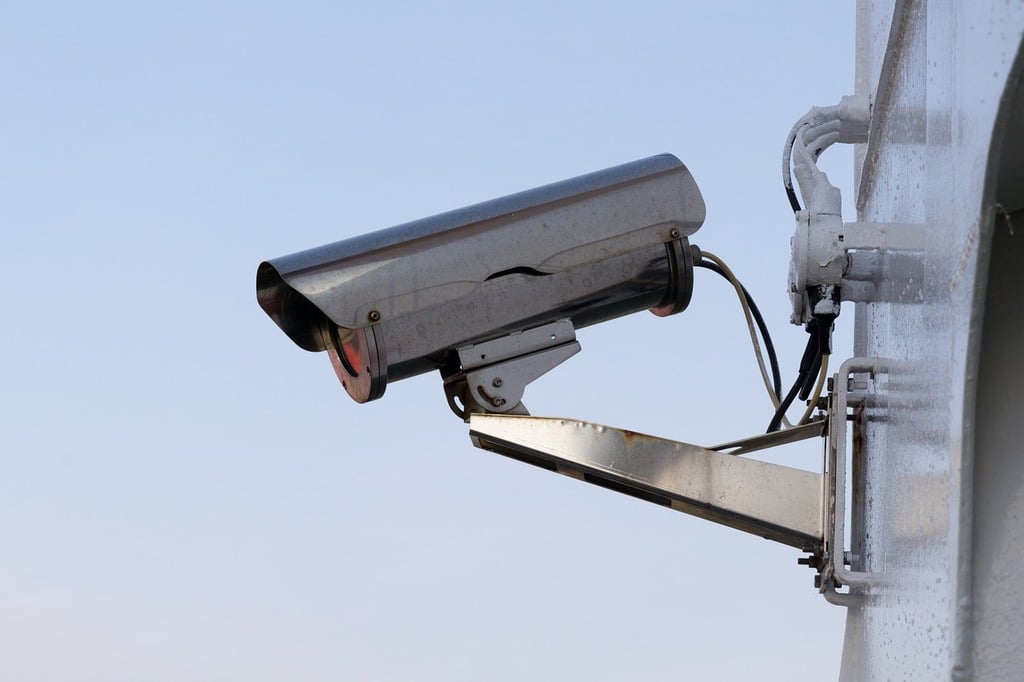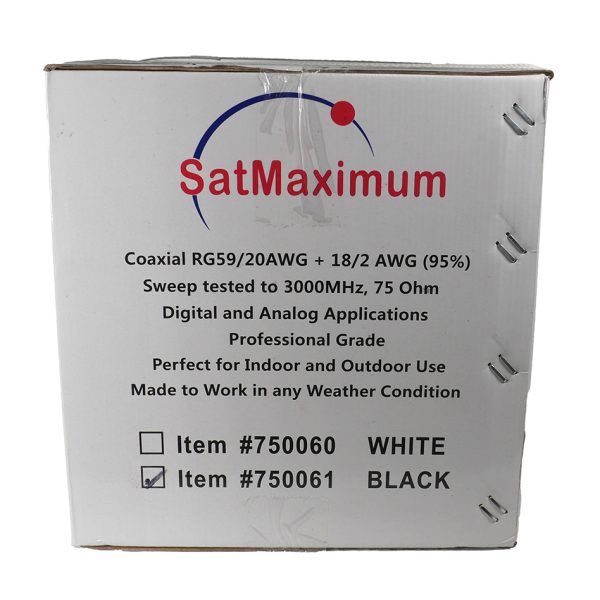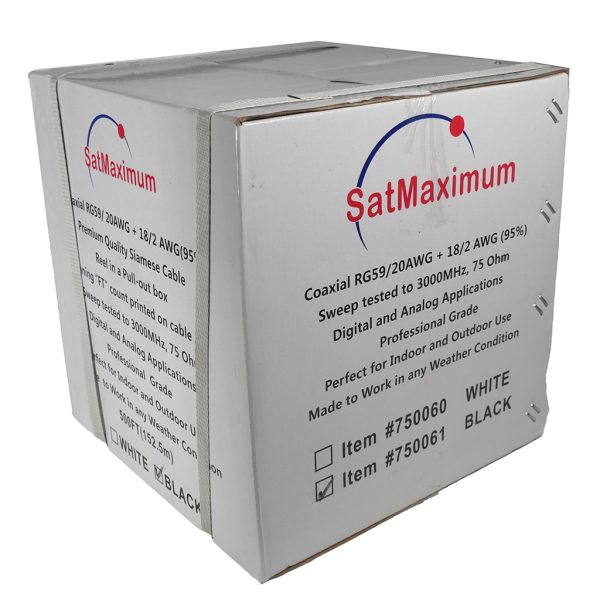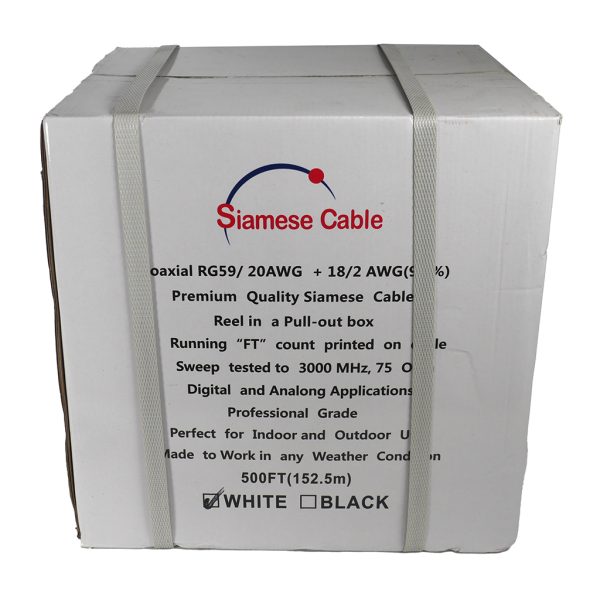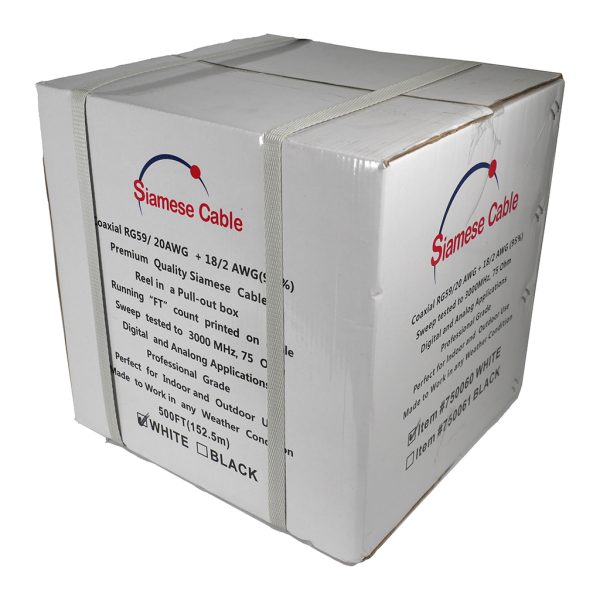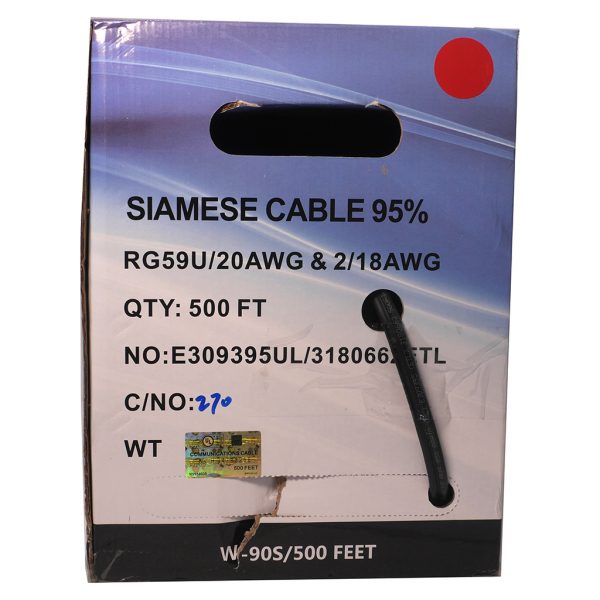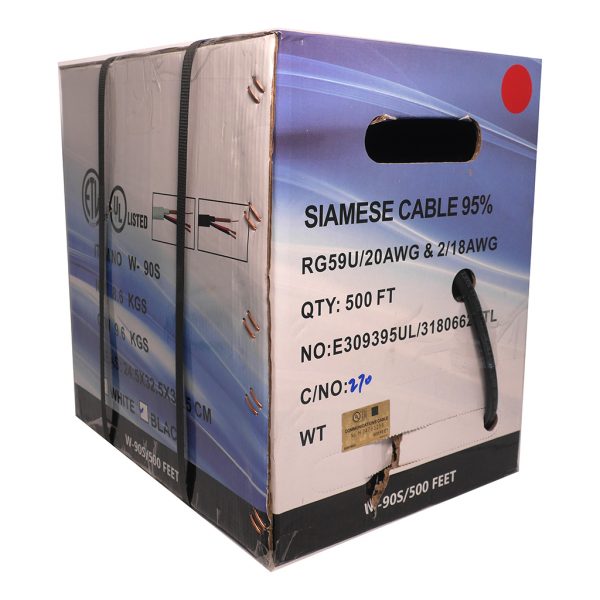Connecting a coaxial cable to a CCTV camera is a common task in setting up a surveillance system. Here’s a step-by-step guide to help you through the process:
Step 1: Gather Necessary Equipment
- Coaxial Cable (RG59 or RG6): Ensure you have a sufficient length of coaxial cable.
- BNC Connectors: These connectors are used to terminate the coaxial cable and connect it to the camera and DVR.
- Coaxial Cable Stripper: For stripping the outer insulation from the coaxial cable.
- Crimping Tool: For securing the BNC connectors to the cable.
- CCTV Camera with BNC Port: Ensure your CCTV camera has a BNC port for video input.
Step 2: Prepare the Coaxial Cable
- Measure and Cut: Measure the distance between the camera and DVR. Cut the coaxial cable to the desired length.
- Strip the Cable: Use a coaxial cable stripper to remove about 3/4 inch of the outer insulation, exposing the braided shielding. Strip another 1/4 inch of insulation from the inner conductor.
Step 3: Attach BNC Connectors
- Slide the Connector Parts: Slide the BNC connector parts (collar and compression sleeve) onto the cable before attaching the main body.
- Fold Back Shielding: Fold the braided shielding back over the outer insulation to ensure it makes contact with the connector.
- Insert the Connector: Push the BNC connector onto the cable, ensuring the inner conductor passes through the center pin of the connector.
- Crimp the Connector: Use a crimping tool to secure the connector to the cable. Ensure the connection is tight and secure.
Step 4: Connect the Cable to the Camera
- Attach the BNC Connector: Insert the BNC connector into the BNC port on the CCTV camera. Twist the connector to lock it in place.
- Connect the Other End: Attach the other end of the coaxial cable to the BNC port on the DVR.
Step 5: Power the Camera
- Direct Power Supply: Connect the camera to a power source using its power adapter. Ensure the power supply matches the camera’s voltage requirements.
- Combined Cables (Optional): If using a coaxial cable that combines video and power, ensure the power connection is secure.
Step 6: Test the Connection
- Power On the Camera: Turn on the camera and check if it is receiving power.
- Monitor the Feed: Verify the video feed on your DVR to ensure everything is working correctly.
Related Products
Frequently Asked Questions (FAQ)
1. What type of coaxial cable should I use for CCTV cameras?
- Use RG59 or RG6 coaxial cables for reliable video transmission.
2. What tools do I need to connect coaxial cable to a CCTV camera?
- You’ll need a coaxial cable stripper, BNC connectors, and a crimping tool.
3. How do I ensure a good connection?
- Ensure the inner conductor and braided shielding make good contact with the BNC connector, and crimp the connector securely.
4. Can coaxial cable provide power to CCTV cameras?
- Coaxial cables primarily carry video signals. For power, use a separate power cable or a combined video and power cable.
5. What should I do if the video feed is not working?
- Check all connections, ensure the camera is receiving power, and verify the BNC connectors are securely attached.

